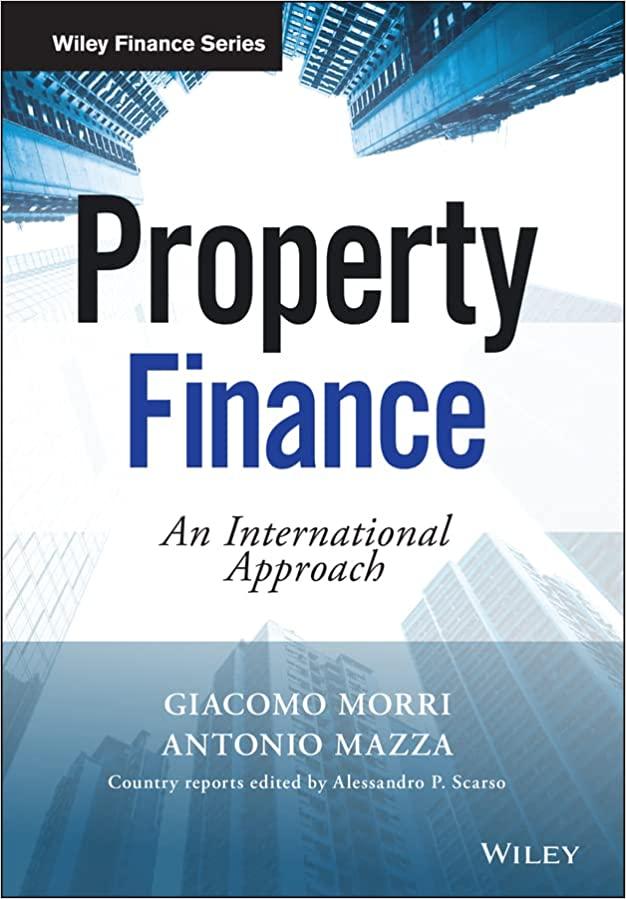

Suppose that the Treasury bill rate is 6% rather than the 3% value assumed in Table 12.1 and the expected return on the market is 10%. Use the betas in that table to answer the following questions. a. When you assume this higher risk-free interest rate, what makes sense for how you should modify your assumption about the rate of return on the market portfolio? (Do not round intermediate calculations. Enter your answer as a percent rounded to 1 decimal place.) b. Recalculate the expected return on the stocks in Table 12.1. (Do not round intermediate calculations. Enter your answer as a percent rounded to 1 decimal place.) c. Suppose now that you continued to assume that the expected return on the market remained at 10%. Now what would be the expected returns on each stock? (Do not round intermediate calculations. Enter your answer as a percent rounded to 1 decimal place.) d. Ford offer a higher or lower expected return if the interest rate is 6% rather than 3%? e. Walmart offer a higher or lower expected return if the interest rate is 6% rather than 3%? a. b. Market return Expected return Expected return Ford's expected return Walmart's expected return e. Ticker TABLE 12.1 Betas for selected common stocks, January 2013-December 2017 X MRO AMZN DIS F BA INTC GE PFE Company U.S. Steel Marathon Oil Amazon Disney Ford Boeing Intel GE Pfizer IBM Alphabet Union Pacific ExxonMobil Starbucks Coca-Cola McDonald's Campbell Soup Walmart Pacific Gas & Electric Newmont Mining Beta 3.01 2.39 1.47 1.39 1.26 1.24 1.07 1.06 1.02 0.94 0.94 0.90 0.82 0.75 0.70 IBM GOOG UNP XOM SBUX MCD CPB WMT PCG NEM 0.68 0.40 0.37 0.15 0.10 Note: Betas are calculated from 5 years of monthly data. Suppose that the Treasury bill rate is 6% rather than the 3% value assumed in Table 12.1 and the expected return on the market is 10%. Use the betas in that table to answer the following questions. a. When you assume this higher risk-free interest rate, what makes sense for how you should modify your assumption about the rate of return on the market portfolio? (Do not round intermediate calculations. Enter your answer as a percent rounded to 1 decimal place.) b. Recalculate the expected return on the stocks in Table 12.1. (Do not round intermediate calculations. Enter your answer as a percent rounded to 1 decimal place.) c. Suppose now that you continued to assume that the expected return on the market remained at 10%. Now what would be the expected returns on each stock? (Do not round intermediate calculations. Enter your answer as a percent rounded to 1 decimal place.) d. Ford offer a higher or lower expected return if the interest rate is 6% rather than 3%? e. Walmart offer a higher or lower expected return if the interest rate is 6% rather than 3%? a. b. Market return Expected return Expected return Ford's expected return Walmart's expected return e. Ticker TABLE 12.1 Betas for selected common stocks, January 2013-December 2017 X MRO AMZN DIS F BA INTC GE PFE Company U.S. Steel Marathon Oil Amazon Disney Ford Boeing Intel GE Pfizer IBM Alphabet Union Pacific ExxonMobil Starbucks Coca-Cola McDonald's Campbell Soup Walmart Pacific Gas & Electric Newmont Mining Beta 3.01 2.39 1.47 1.39 1.26 1.24 1.07 1.06 1.02 0.94 0.94 0.90 0.82 0.75 0.70 IBM GOOG UNP XOM SBUX MCD CPB WMT PCG NEM 0.68 0.40 0.37 0.15 0.10 Note: Betas are calculated from 5 years of monthly data








